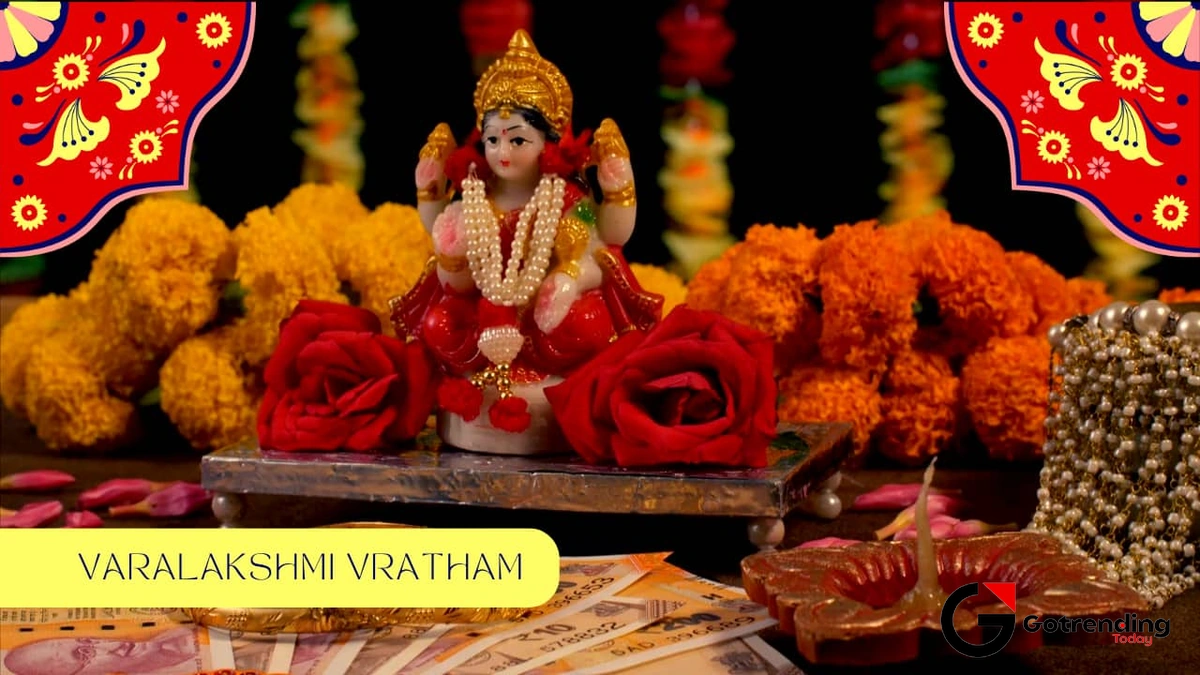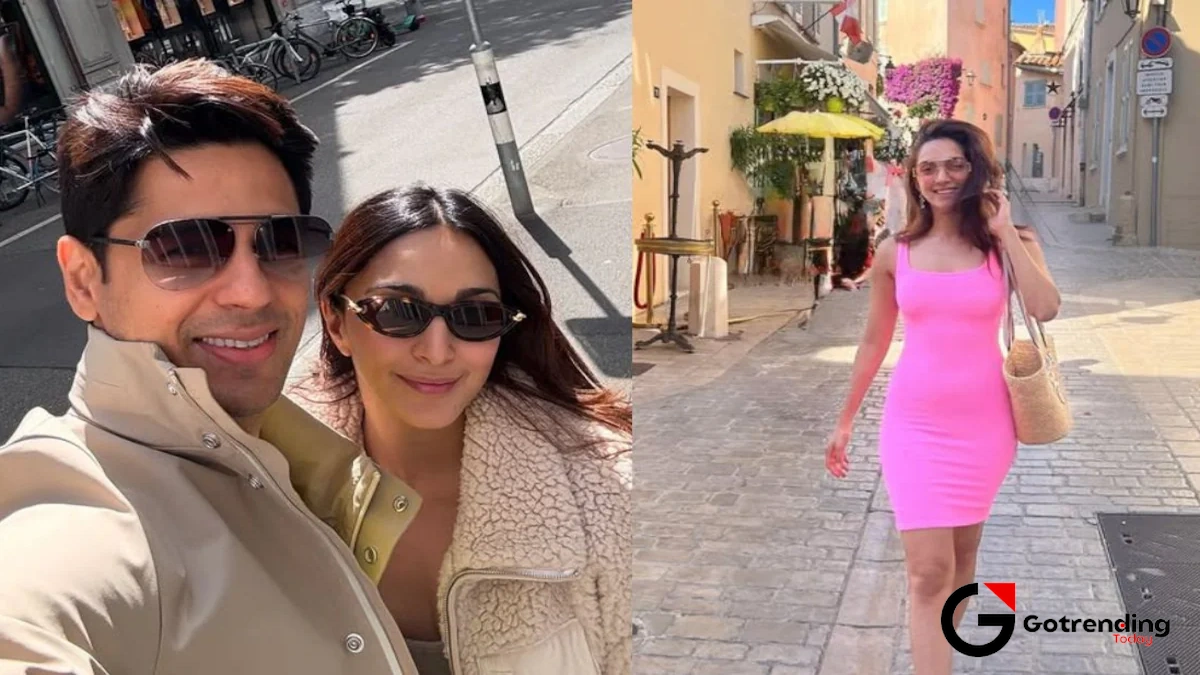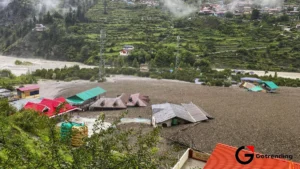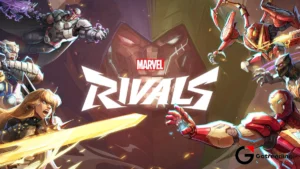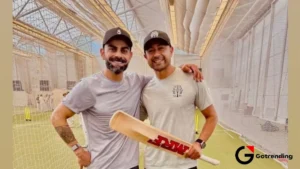More Than a Thread | Why Raksha Bandhan Still Grips the Heart of India
Let’s sit down with a cup of chai for a second. Let’s talk about Raksha Bandhan. Not just the “Happy Raksha Bandhan” forwards that are about to flood your WhatsApp, but the real thing. The frantic last-minute hunt for the perfect rakhi, the smell of poori-aloo wafting from the kitchen, the awkward fumbling for cash when your sister presents the thali with that expectant look in her eye. It’s all part of a beautiful, chaotic, and deeply ingrained ritual.
But have you ever stopped to wonder why? Why does this simple, colourful thread hold such immense power over us? In a world of fleeting digital connections and fast-paced lives, why does this ancient festival not only survive but thrive, continuing to be a cornerstone of Indian family life?
I used to think it was just a sweet, simple tradition. But the more I dig into it, the more I realize it’s a complex tapestry of emotion, social obligation, evolving gender roles, and even economics. It’s far more than just a rakhi for brother ; it’s a mirror reflecting who we were and who we are becoming. So, let’s unravel this thread together.
Beyond the Mythology | The Real-World Glue Holding Families Together
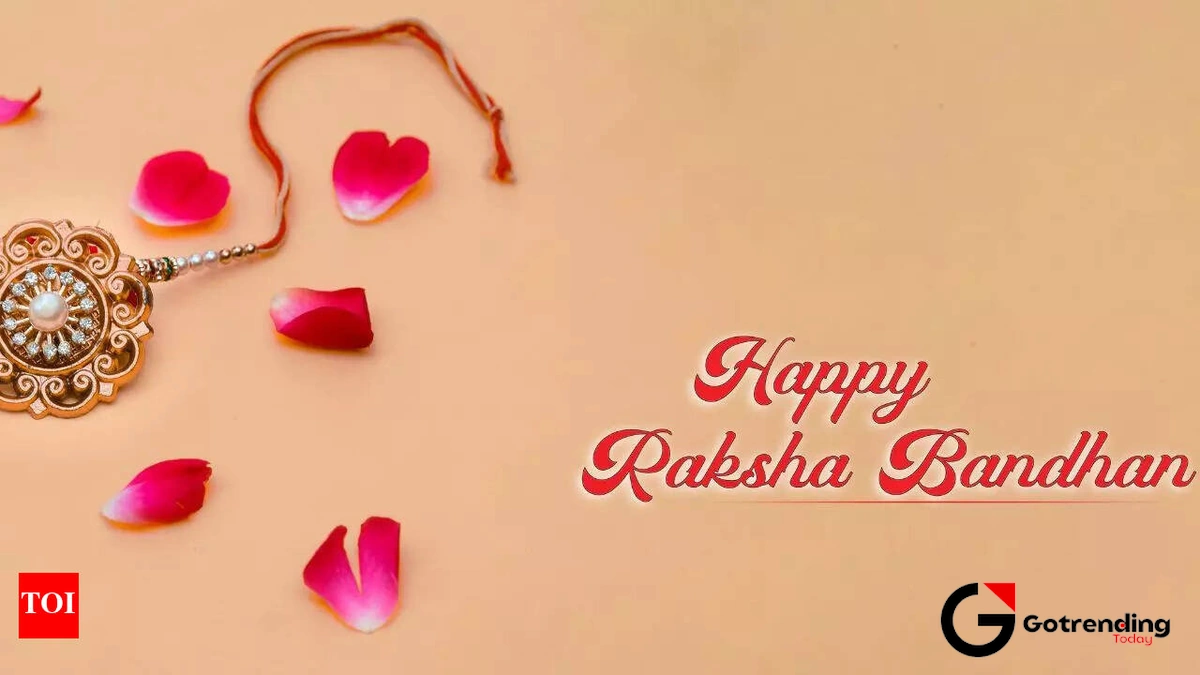
Sure, we all know the stories. There’s the famous one from the Mahabharata where Draupadi tears a strip from her saree to bandage Krishna’s bleeding finger. Moved by her gesture, he vows to protect her, a promise he later fulfils. Then there’s the historical tale of Rani Karnavati of Chittor sending a rakhi to the Mughal Emperor Humayun, seeking his protection from an invasion. These stories form the bedrock of the rakhi festival history .
But let’s be honest. While the mythology is beautiful, the true significance of Raksha Bandhan in the 21st century lies in something far more practical: it’s a forced, and often welcome, annual reunion.
Think about it. In modern India, siblings are scattered. One might be in Bangalore for an IT job, another in Delhi preparing for the civil services, and a third perhaps studying abroad. The daily squabbles over the TV remote are replaced by occasional video calls. Life gets in the way. Raksha Bandhan, however, acts as a powerful anchor. It’s a designated day on the calendar that says, “Hey, stop. Call your sibling. Visit if you can. Remember this bond.” It’s a cultural deadline for connection.
It’s the one day you’re almost guaranteed to talk, to catch up, to re-establish that unique, unspoken connection that only siblings share. The thread itself is just a physical manifestation of this annual re-commitment. It’s a promise not just of protection, but of presence. A promise to be there, no matter the distance.
The Modern Rakhi | From a Simple Thread to a Statement
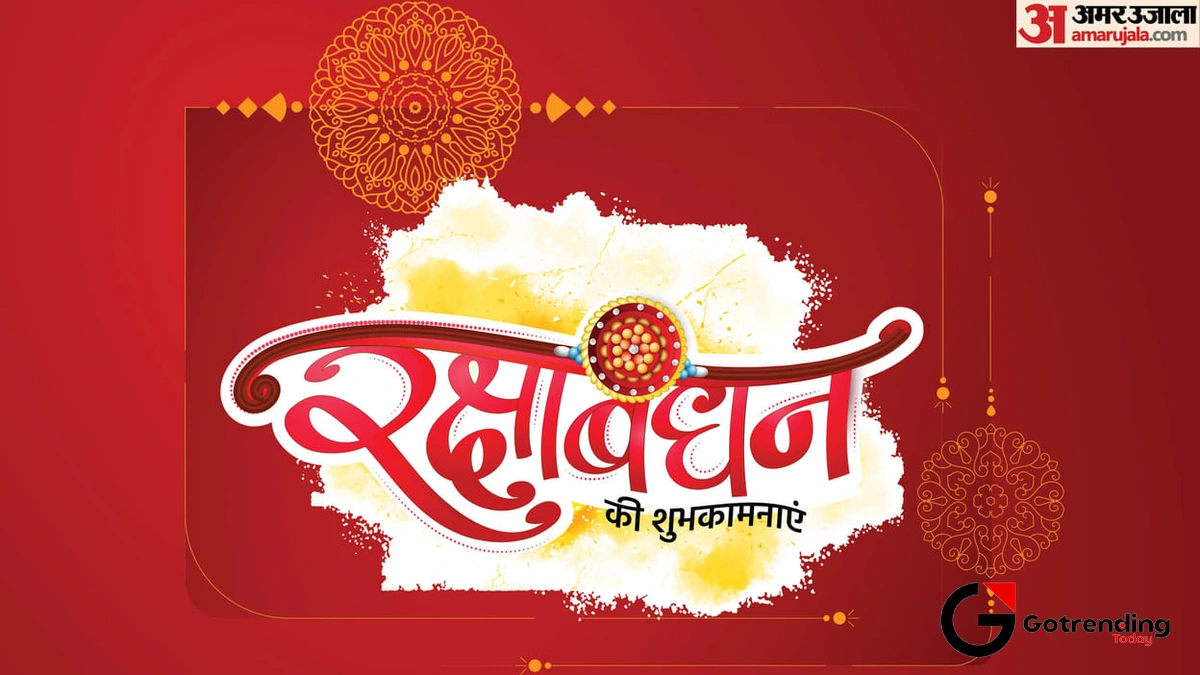
What fascinates me is how the rakhi itself has evolved. It’s no longer just a humble mauli (the red-yellow sacred thread). The modern rakhi is a reflection of our changing tastes, aspirations, and even our social conscience.
Walk through a market today and you’ll see:
- The Designer Rakhi: Embellished with American diamonds, silver charms, or even gold plating. It’s less of a thread and more of a piece of jewellery, a status symbol.
- The Kid’s Rakhi: Featuring cartoon characters from Chhota Bheem to Spiderman. It’s about making the festival fun and relatable for the next generation.
- The Eco-Friendly Rakhi: Made from seeds, clay, or recycled paper, designed to be planted after the festival. This is a beautiful statement from a generation that is increasingly environmentally aware.
- The Lumba Rakhi: A tradition that has gained widespread popularity, where a sister ties a rakhi not just to her brother but also to her sister-in-law (Bhabhi), strengthening the bonds of the entire family unit.
This evolution shows that Raksha Bandhan isn’t a static festival frozen in time. It’s a living, breathing entity that adapts. It has been shaped by consumer culture, yes, but also by our growing desire for personalization and meaning. The rakhi you choose says something about you, your brother, and the specific bond you share. It’s a small canvas for a big emotion.
Is Raksha Bandhan Still Relevant? A Look at Evolving Traditions
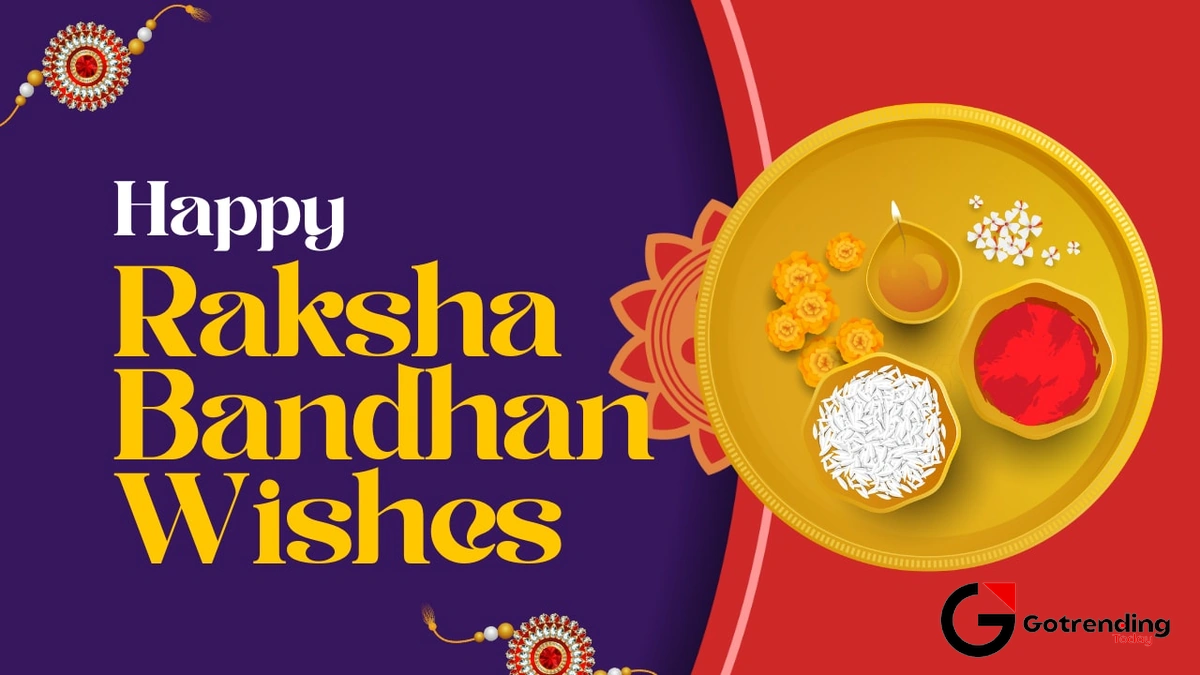
Now for the elephant in the room. In an age of gender equality, doesn’t the core concept of a brother “protecting” his sister feel a little… outdated? Many women today are financially independent, emotionally strong, and perfectly capable of protecting themselves. This has led to some valid criticism and, more importantly, some wonderful reinterpretations of the festival.
Here’s the thing: the spirit of a tradition doesn’t have to be chained to its literal, ancient meaning. What I see happening in many families, including my own, is a beautiful shift in the narrative.
The promise is no longer about physical protection from external threats. It’s evolving into a promise of mutual support. It’s the brother promising to be his sister’s biggest cheerleader, and the sister promising to be his staunchest ally. It’s about protecting each other from self-doubt, from bad days, from the general chaos of life. It’s a partnership.
This is why we now see sisters tying rakhis on each other’s wrists, celebrating their own unique bond of sisterhood. We see people tying rakhis to friends who have become family. The festival is expanding to celebrate the “bond of protection and care” in all its forms, which is a powerful evolution. It shows that traditions can grow with us, and it’s a phenomenon we’re seeing across the board,much like other festivals are being re-examinedto find deeper, more personal meaning in modern times.
The Economics of a Promise | The Unseen Market of Rakhi
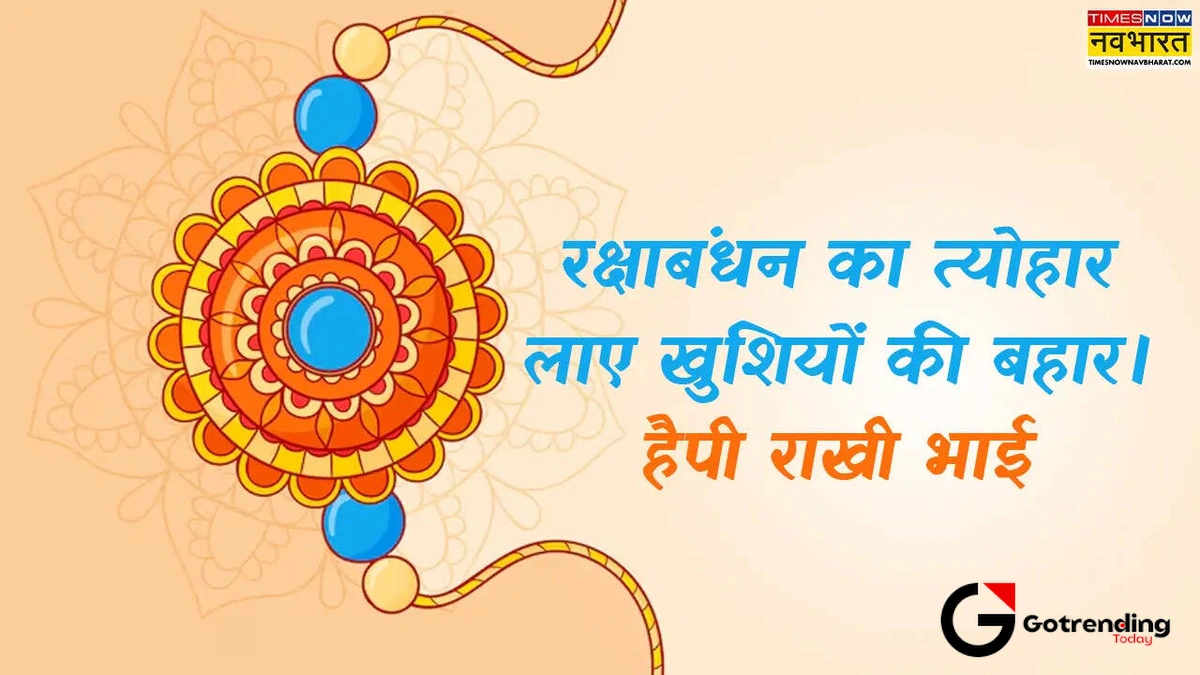
We’ve talked about emotion and tradition, but let’s put on our analyst hat for a moment. Raksha Bandhan is a massive economic engine, much of it operating at a grassroots level.
It’s not just the big brands. It’s the thousands of women in small towns and villages who start making rakhis months in advance, earning a crucial supplementary income. It’s the local halwai (sweet-maker) who does a month’s worth of business in a single week. It’s the courier companies that see a huge surge in shipments as sisters send their love across continents.
This “Rakhi Economy” is a perfect example of how culture and commerce are intertwined in India. A day driven by pure emotion fuels livelihoods for millions. Every time you buy a rakhi from a street vendor or a box of laddoos from a local shop, you’re participating in this incredible, decentralized economic festival. A festivalhappening on a specific day in the calendarthat creates a predictable and vital surge for countless small businesses.
So, this year, as you celebrate and wish everyone a Happy Raksha Bandhan , take a moment to look at that thread on your wrist. It’s not just cotton and beads. It’s a strand of history, a carrier of emotion, a symbol of an evolving relationship, and a tiny, powerful cog in India’s vast cultural and economic machine. And that, I think, is a story worth telling.
Your Raksha Bandhan Questions, Answered
What’s the literal meaning of Raksha Bandhan?
In Sanskrit, ‘Raksha’ means protection, and ‘Bandhan’ means bond or to tie. So, it literally translates to “the bond of protection.” It symbolizes the duty of a brother to protect his sister and the sister’s prayers for her brother’s well-being.
Can sisters tie rakhi to each other?
Absolutely! This is a growing and beautiful modern trend. Many sisters tie rakhis to each other to celebrate their bond of love, friendship, and mutual support. The festival’s spirit is about celebrating a cherished bond, and sisterhood is one of the strongest bonds there is.
Is there a specific time (muhurat) to tie the rakhi?
Traditionally, yes. Many families consult a priest or the Panchang (Hindu almanac) to find the most auspicious time, or ‘shubh muhurat,’ to perform the ritual. However, in modern times, convenience often takes precedence, especially for long-distance siblings connecting over video calls across time zones.
What’s the main Raksha Bandhan story?
The most cited raksha bandhan story is from the epic Mahabharata. When Lord Krishna cut his finger, Draupadi immediately tore a piece of her saree and tied it around his wound. Touched, Krishna promised to protect her always. This act is considered the origin of the rakhi tradition.
Does the brother have to give a gift?
While the gift is a popular and expected part of the tradition, the core of the festival is the emotional exchange. The gift is a token of the brother’s affection and his acceptance of the promise symbolized by the rakhi. It can be anything from cash (shagun) to a thoughtful present.
Why do some people tie rakhi to their sister-in-law (Bhabhi)?
This is called the ‘Lumba Rakhi’ tradition, which originated in Rajasthan. It acknowledges that after marriage, the brother’s wife is an integral part of the family and his life. Tying a rakhi on her wrist strengthens the bond with the sister-in-law and welcomes her as a protector of the family unit too.

